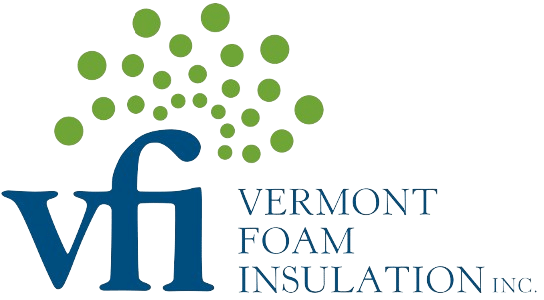
Insulating wall cavities will make your house much more comfortable and help you save on energy costs year-round. But insulating closed cavity spaces comes with its challenges and doesn’t make sense for every home. If you’re thinking about adding insulation to your walls, follow these tips from Vermont Foam Insulation.
Injection Foam vs Spray Foam
Injection foam and spray foam are both types of expanding foam insulation. Injection foam, however, expands slowly while spray foam expands rapidly. Both materials are excellent insulators but they can not be used interchangeably. Spray foam insulation is ideal for open cavities like attics and crawl spaces, while injection foam is the best insulation for closed cavities.
Remove Existing Insulation
In order to insulate a closed cavity wall, it needs to be empty. Injection foam cannot be installed over fiberglass insulation, so you will have to first remove any existing insulation. If there is not an easy way to remove the existing insulation from your walls, you may want to consider alternative ways to improve your home comfort, like attic insulation or crawl space insulation.
Use Injection Foam Insulation
Injection foam is the best insulation material for closed wall cavities. Injection foam expands slowly, reducing pressure so the drywall doesn’t crack and break. It is typically installed from the outside of the home by removing the siding, drilling entry points, injecting the foam into the wall, closing the entry points, and reinstalling the siding.
Avoid Spray Foam Insulation
When filling a wall cavity with expanding foam, it’s best to avoid spray foam insulation. Spray foam insulation is an excellent insulator that’s ideal for many places in your home, but it expands rapidly, which can blow out wall cavities.
Hire a Professional
It’s best to skip injection foam DIY projects and call a professional insulation company instead. An experienced professional will know where not to use expanding foam and how to protect your walls with the best injection foam insulation for closed wall cavities.








